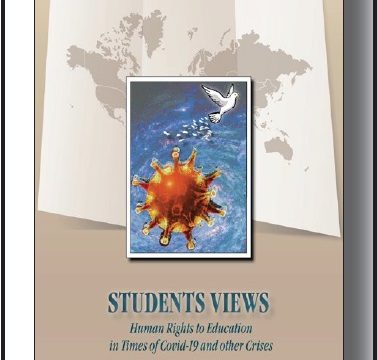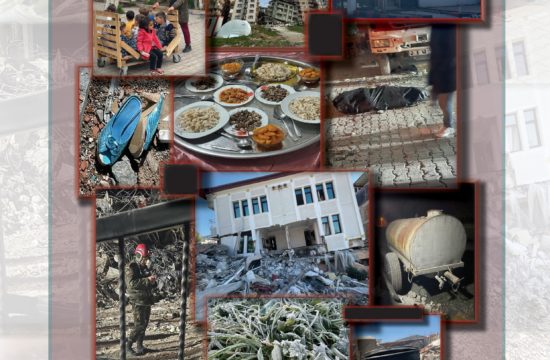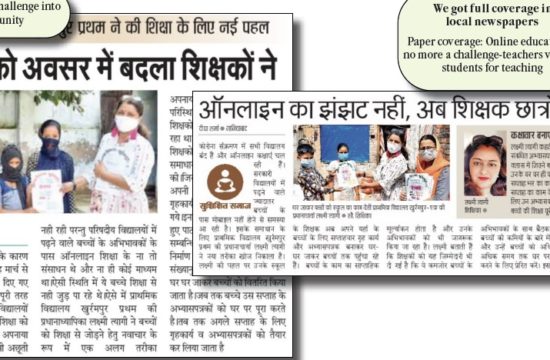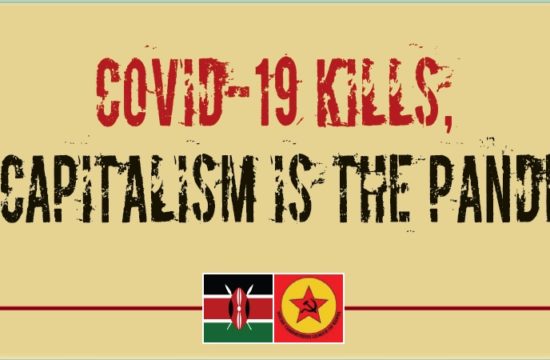Feray Aytekin Aydoğan
Nowadays, we are witnessing an era in which school dropouts are increasing massively and children are becoming „child laborers“ as a result of the mercantilization of education, which should be a public service, and the deepening of inequality in education due to the pandemic, the economic crisis and the increase in poverty.
Both in the world in general and in Turkey in particular, the issue of school types, enrolment and vocational education policies have been implemented according to social class, and vocational education centers have become the institutions attended by the children of the poorest families.
The policies implemented in Turkey, especially in the last 21 years, have been developed with the aim of mercantilization of education in general and early child labor of children of poor families through vocational education institutions in particular, and this process has been carried out even faster than in previous years.
The most negative consequences of the problems experienced in education, which is the most important issue for our country and our future, are experienced within the types of schools and educational institutions in the field of vocational education.
The results of the Council, the relationship established between education and the market, the announcement of the opening of new schools in the Organized Industrial Zones as a good news, showed us how children’s right to education was violated and will continue to be violated.
It was quite evident that the Council’s aim was to completely suppress the educational characteristic of vocational schools, to transform these schools into apprentice training centers, to consider the students of vocational schools, where the children of the poorest families study, as cheap labor, and to propagate child labor.
According to MEB (Ministry of National Education) data for 2020-21, the number of pupils studying in vocational and technical education programs of public and private Anatolian high schools (MTAL), MEMs and multi-program Anatolian secondary schools (ÇPAL), which are considered as vocational and technical secondary education institutions, increased by 7.3% compared to the previous year and reached 1 million 716 thousand 379.
While 35.2% of students in these institutions are girls (604,486), 64.8% are boys (1,111,893).
While 31.7% of secondary school students attend public vocational and technical schools, 2.8% attend private vocational and technical schools.
When it comes to the distribution of vocational and technical secondary education students according to types of centers, a significant portion of students study in public MTAL centers (64.8%), followed by public MESEM (Vocational Training Centers), with 23.3%. The percentages of pupils studying in private MTALs, vocational and technical training programs of ÇPAL (Anatolian Multi-Program High Schools) and private MEMs are 8.1%, 3.8% and 0.01%, respectively. In the recent year, there has been a significant increase in the proportion of students studying in the MESEMs. The number of students, which was 159.773 in 2020-21, reached 1.300.000 in January 2023.
The MESEMs were incorporated into the formal education system with the decision published in the Official Gazette Nº 29913 in 2016. The students, who must be secondary school graduates to enroll in the institutions, receive theoretical training at the centers one day a week and the rest of the days of the week they work in companies. In the MESEMs, which have a duration of four years, with the amendment introduced in the Vocational Training Law No. 3308, students earn 30% of the minimum wage and receive half of the minimum wage in the fourth year, when they are no longer only apprentices. As a result of the same amendment, this salary began to be paid by the State. Students are covered by work accident and occupational illness insurance. However, the time students work is not accounted for in calculating SGK (Social Insurance Institution) pension contributions. As a result, tens of thousands of workers affected by the recently announced EYT (Retirement Age Victims) law are protesting the loss of their pension rights because the time when they started their apprenticeships is not taken as a basis, even though they started working at vocational training institutes at a young age.
Data and research on „occupational accidents“ suffered by vocational students in the school environment and in companies are limited. The report drafted by the Ideas and Art Workshop Association (FISA) at MTAL underlines that the records of „accidents at work“ of the Social Security Institution (SGK) do not give the opportunity to differentiate the „accidents“ experienced by MTAL students at workplaces during their internships, but provide statistics on the „accidents“ that took place at MTAL. According to this, between 2013 and 2019, 11,196 workplace accidents occurred in vocational training institutes. The number of accidents was 239 in 2013 and 2,385 in 2019. It is not known how many students were injured in which type of accidents due to the impossibility to differentiate the data.
In vocational education, children become „child laborers“ and are left alone to deal with safety risks. Although MESEM children are statistically considered to be in formal education, they have dropped out of school and this dropout continues at a rapid pace. It is only a perception to portray children as being in formal education by calling it 1 day of education per week. Moreover, MESEM children claim that they are made to work almost every day of the week.
As a consequence of vocational education policies, the school character of both vocational training institutes and vocational training centers has disappeared and these institutions have become places where children from poor families turn into „child laborers“.
The right to public education is the responsibility of the social state. All children have the right to equal, free and quality education. Vocational schools have not been an option for children, but places where they are forced to go because of poverty. The fact that in the last year children have left their schools on a massive scale and moved to MESEMs is clear evidence of this reality.
Budgets that are declared as non-existent for public education are used from public resources under the name of „Business Contribution Subvention“ in the MESEMs in order to turn children into free labor. It is clear that there is a budget, but this budget is not used in favor of children’s right to public education.
It is necessary to put an end to the practice of MESEM and allow children to return to schools. These amounts, which are paid to children under the name of salary and covered by public funds, should be granted as free education allowance/scholarship.
The practice of „incentives“ given to private vocational training institutes should be stopped, and the resources allocated to such institutes should be given in the form of educational support/ scholarships to children of families living below the poverty/hunger threshold.











